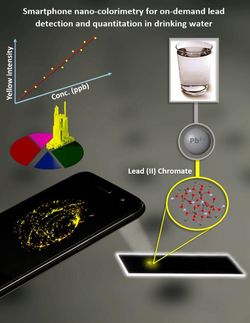Determining recipes for some of the world's oldest preserved beers
Advertisement
Some breweries have taken to resurrecting the flavors of ages past. Adventurous beer makers are extrapolating recipes from clues that archeologists have uncovered from old and even ancient brews found at historical sites. Now scientists have analyzed some of the oldest preserved beer samples from an 1840s' shipwreck to try to provide insight into how they were made. They report their findings in ACS' Journal of Agricultural & Food Chemistry.
Brian Gibson and colleagues explain that in 2010, divers discovered an old schooner at the bottom of the Baltic Sea near Finland. Archeological evidence suggested the ship went down about 170 years ago. It was loaded with goods including bottles of champagne and beer. The beer was diluted with salt water, but it contained enough of the original ingredients for the researchers at VTT Technical Research Centre of Finland Ltd. and the Technical University of Munich to analyze and get an idea of the initial recipe.
When the researchers took a sip, they weren't able to discern the beers' intended flavors. High levels of organic acids, produced by bacteria growing in the bottles for years, gave the samples vinegary, "goaty" and soured milk flavors that overpowered the original fruity, malt or hop profiles. However, analytical testing created a picture of what the beer may once have been composed of. For example, they determined that samples from two bottles were different beers based on their hop content. They also found that yeast-derived flavor compounds were similar to those of modern beers, though with a higher than usual content of rose-like phenylethanol.
Original publication
"Analysis of Beers from an 1840s' Shipwreck"; Journal of Agricultural & Food Chemistry
Most read news
Original publication
"Analysis of Beers from an 1840s' Shipwreck"; Journal of Agricultural & Food Chemistry
Organizations
Other news from the department science

Get the chemical industry in your inbox
By submitting this form you agree that LUMITOS AG will send you the newsletter(s) selected above by email. Your data will not be passed on to third parties. Your data will be stored and processed in accordance with our data protection regulations. LUMITOS may contact you by email for the purpose of advertising or market and opinion surveys. You can revoke your consent at any time without giving reasons to LUMITOS AG, Ernst-Augustin-Str. 2, 12489 Berlin, Germany or by e-mail at revoke@lumitos.com with effect for the future. In addition, each email contains a link to unsubscribe from the corresponding newsletter.
































































